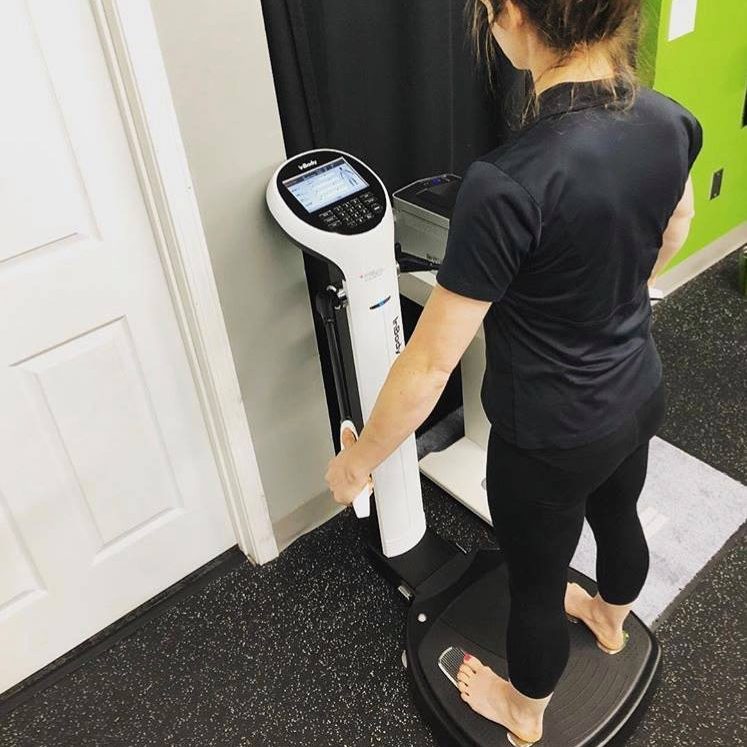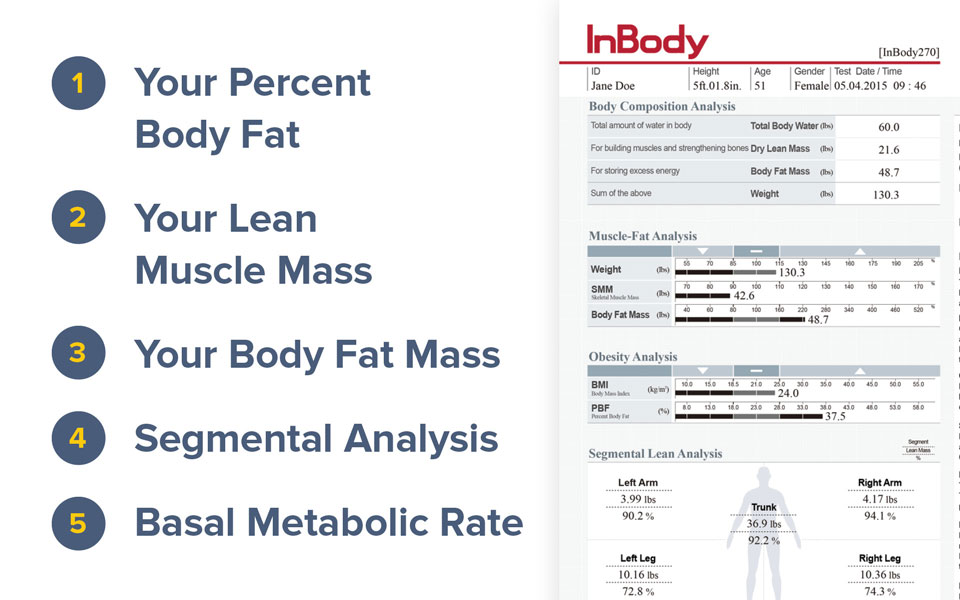As we age up to and past 50 y/o, our bodies undergo a number of changes that can impact our overall health and well-being. One of the most significant changes is the gradual loss of muscle mass, known as sarcopenia. This loss of muscle can lead to a number of negative consequences, including decreased strength, balance, and mobility, and as a result an increased risk of falls and injuries.
However, there is good news: resistance training, also known as weight or strength training, can help combat the effects of sarcopenia and provide a range of benefits for aging adults. Here are just a few of the many advantages that resistance training can offer:
Improved Muscle Mass and Strength
As the name suggests, resistance training involves working against resistance, typically in the form of weights, bands, or bodyweight exercises. This type of exercise has been shown to be highly effective at building and maintaining muscle mass, as well as improving strength and power. This can translate to greater functional capacity in daily activities, such as carrying groceries, climbing stairs, or getting up from a chair.
Better Bone Health
In addition to building muscle, resistance training has been shown to help improve bone health, which is especially important for aging adults who are at increased risk of osteoporosis and fractures. Resistance training can help stimulate bone growth and increase bone density, which can help reduce the risk of falls and fractures.
Increased Metabolic Rate
Resistance training can also have a positive impact on metabolism, which can be helpful for aging adults who may be struggling with weight gain or a slowing metabolism. By building lean muscle mass, resistance training can help increase the body’s metabolic rate, which can help burn more calories throughout the day.
Improved Balance and Stability
Falls are a major concern for aging adults, as they can lead to serious injuries and even death. Resistance training has been shown to help improve balance and stability, which can help reduce the risk of falls. By working on strength, coordination, and proprioception, resistance training can help improve overall balance and reduce the likelihood of falls.
Reduced Risk of Chronic Disease
Resistance training has been linked to a number of health benefits, including a reduced risk of chronic diseases such as type 2 diabetes, cardiovascular disease, and certain types of cancer. This may be due to the fact that resistance training can help improve overall health markers such as blood pressure, cholesterol levels, and insulin sensitivity.
So, resistance training can be an extremely beneficial form of exercise for aging adults. By improving muscle mass, bone health, metabolism, balance, and overall health, resistance training can help aging adults maintain their independence and quality of life as they age.
If you are roaring into your 50’s and are looking to get started with resistance training, be sure to speak with a qualified fitness professional who can help design a program that is safe and effective for your individual needs and goals.

Body Composition Measurement

It takes 45 seconds to understand all the detail about your muscle, fat, and water values including lean mass and fat values in each segment of your body.
Knowing your numbers can give you a better idea of where to focus your efforts.

